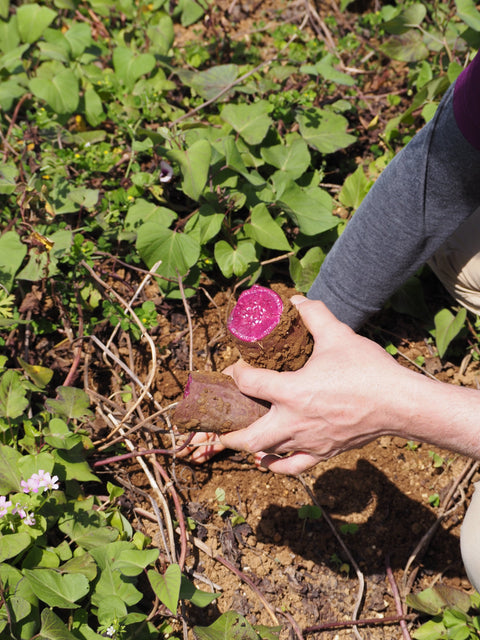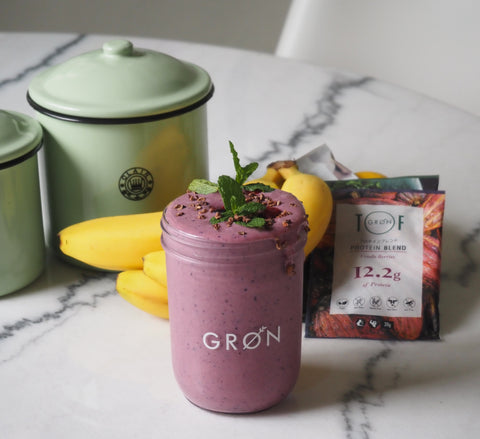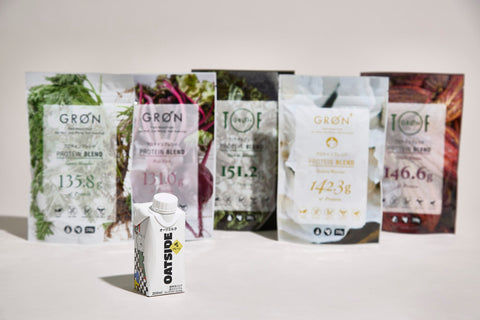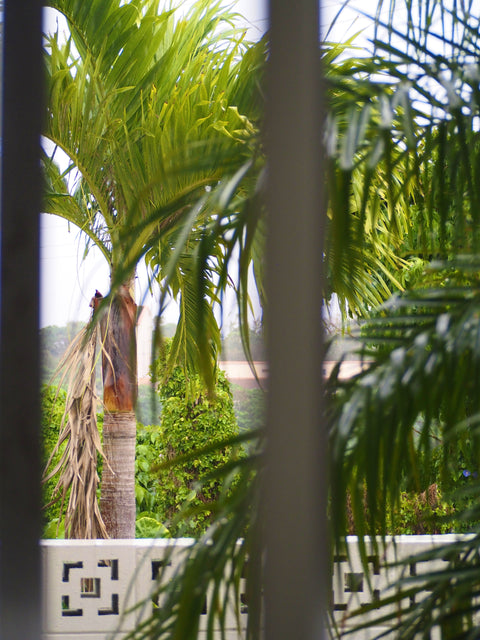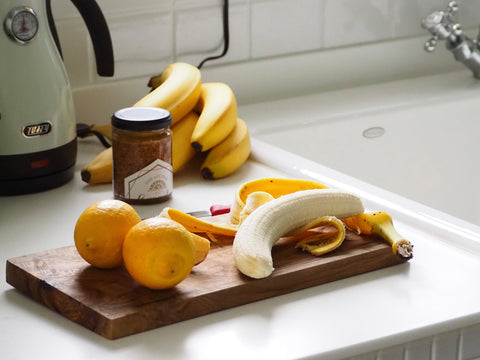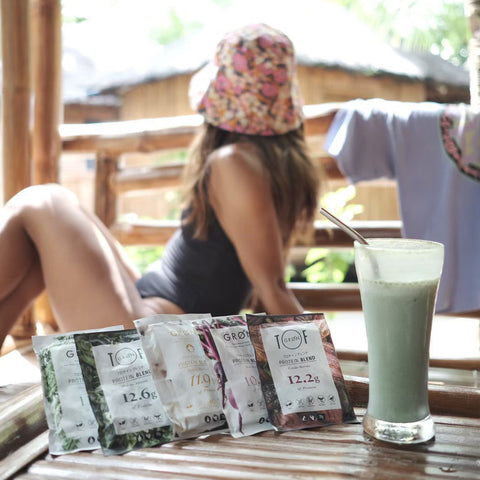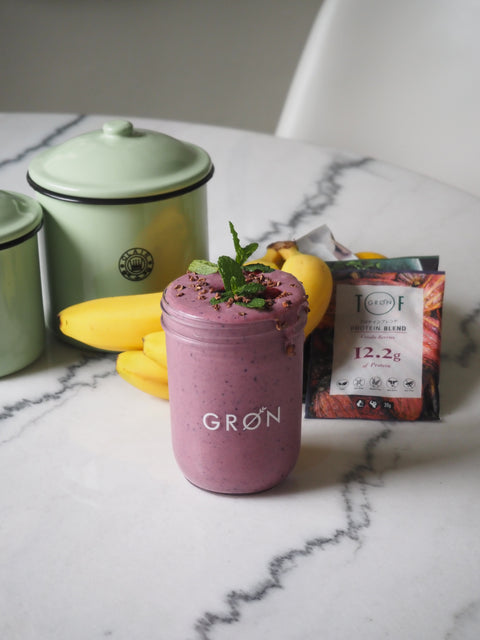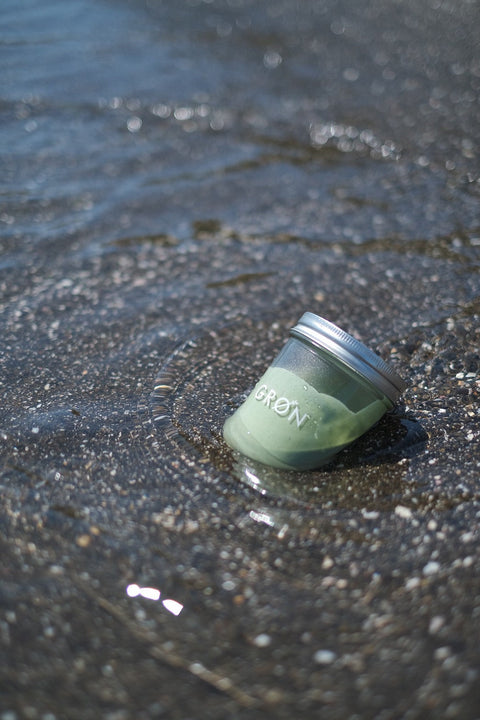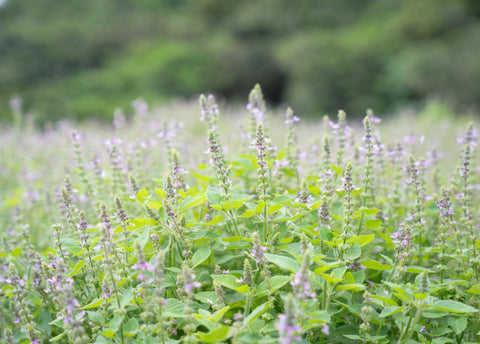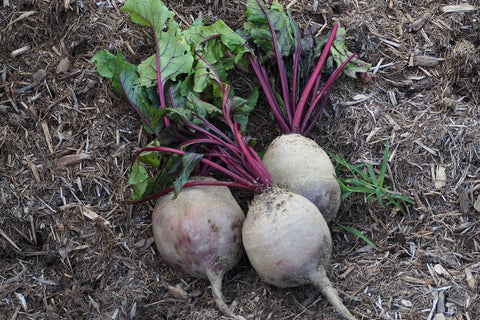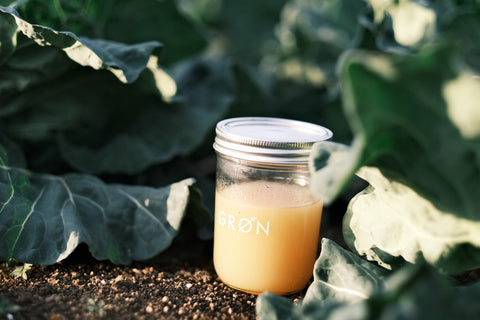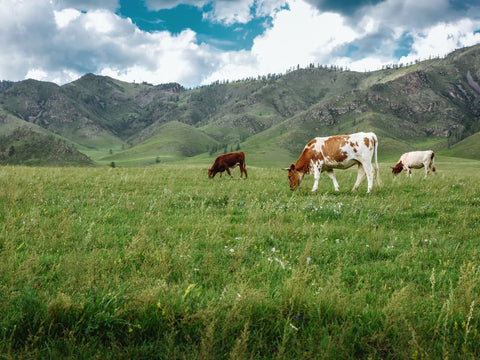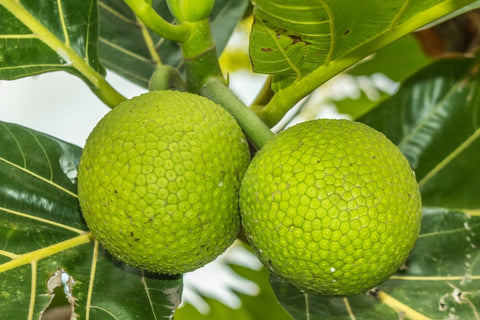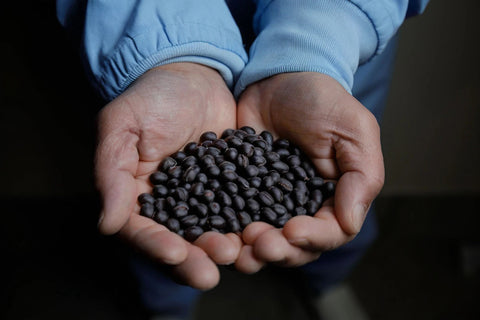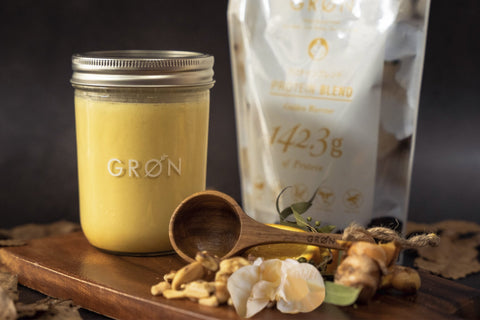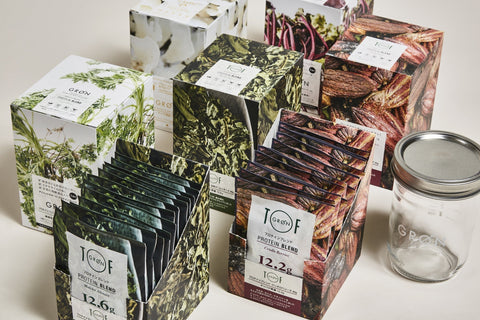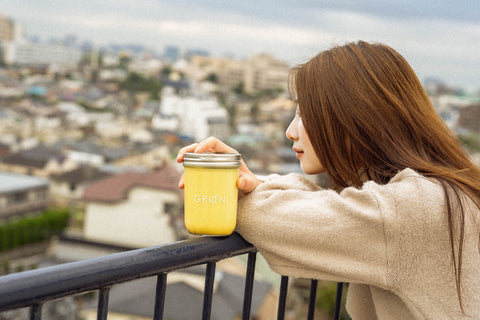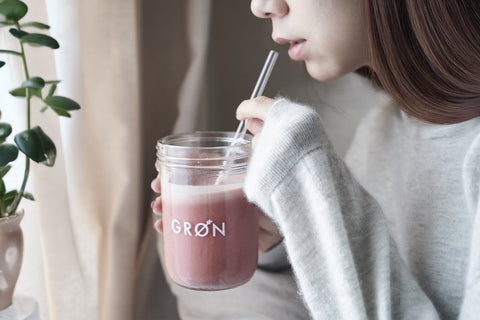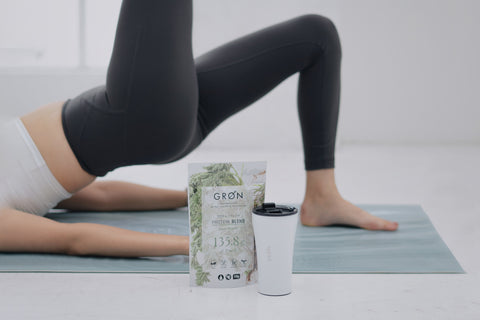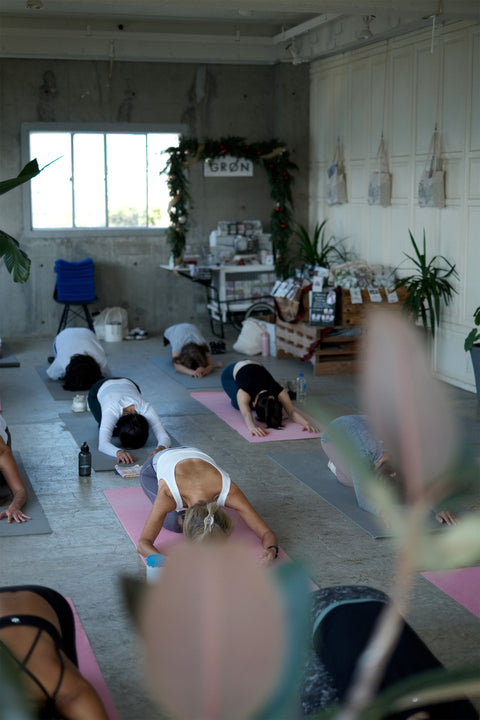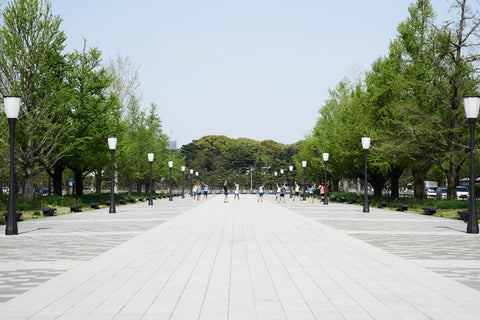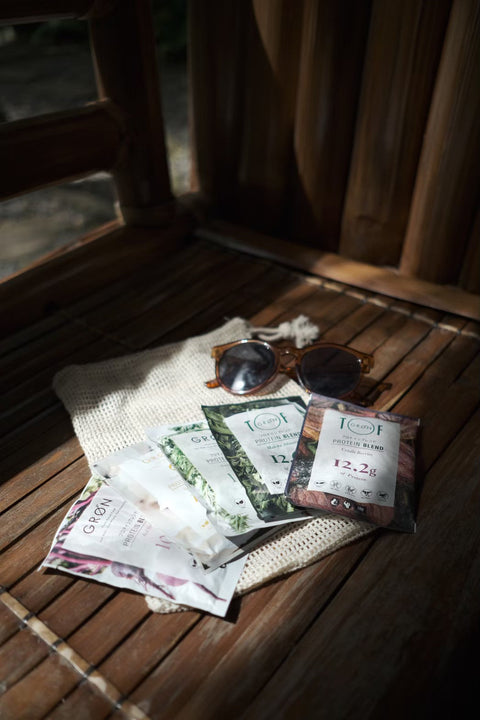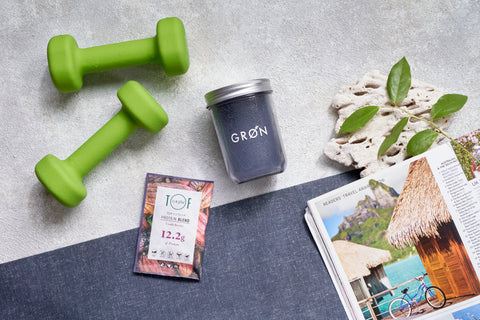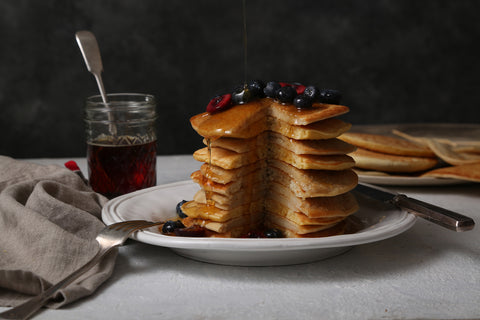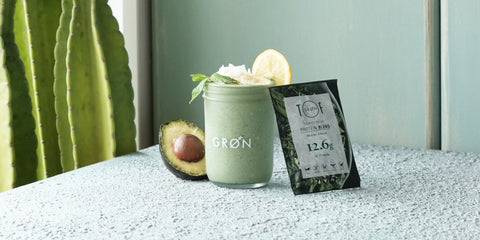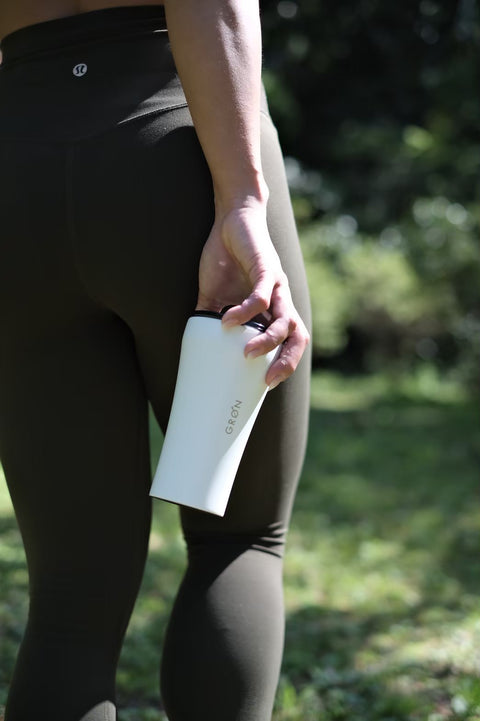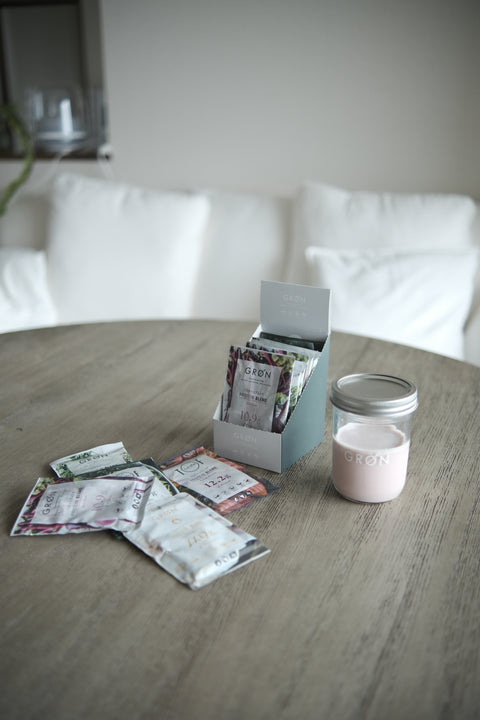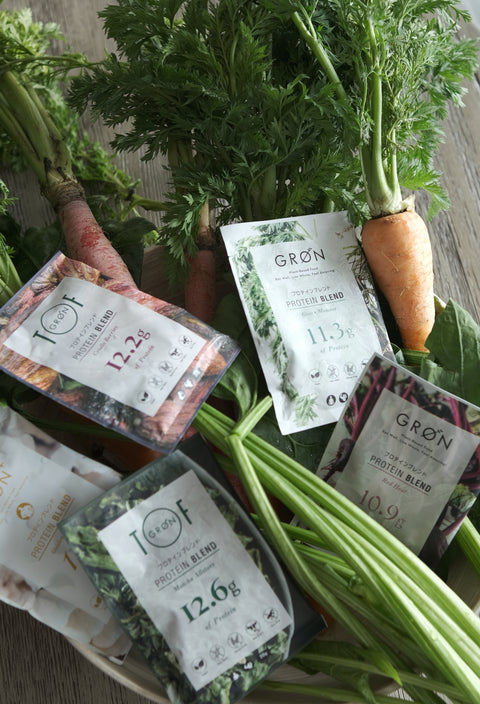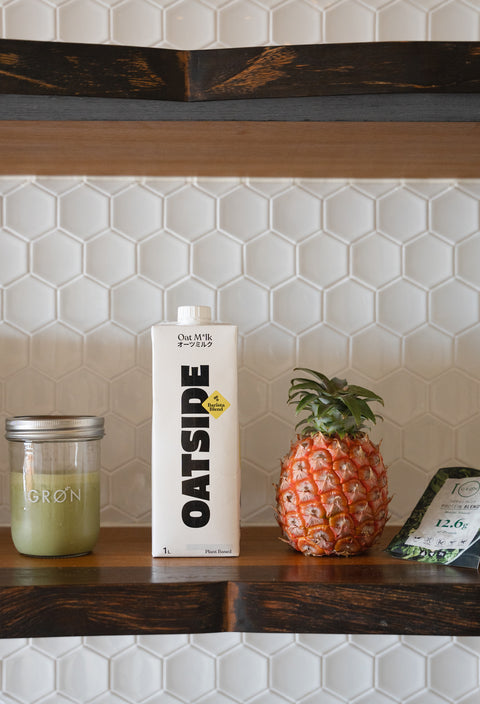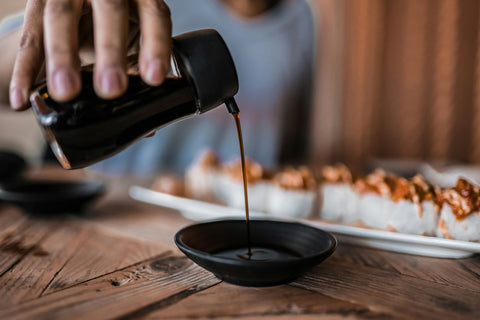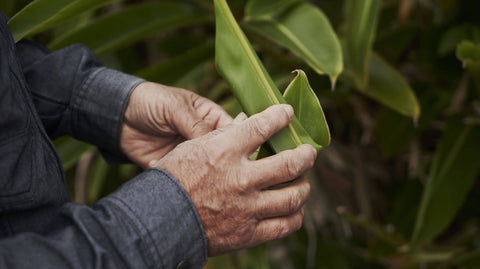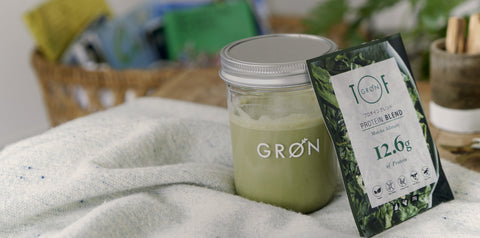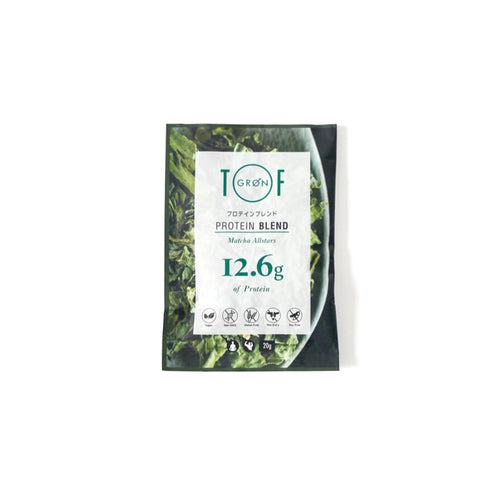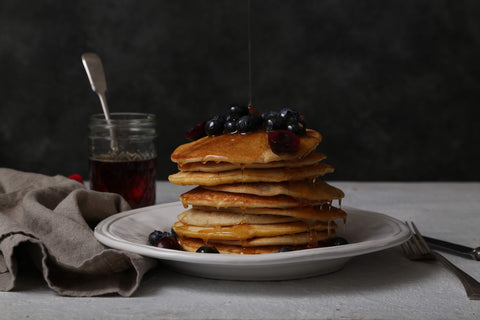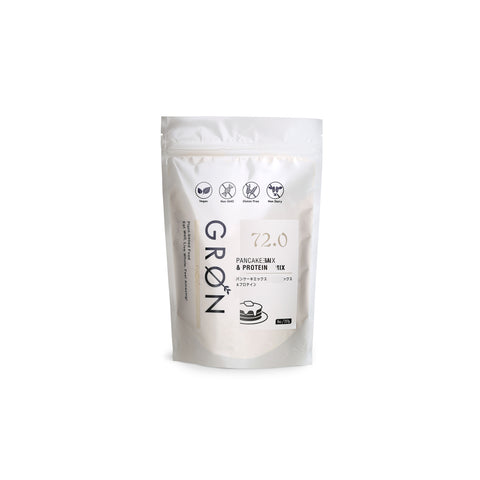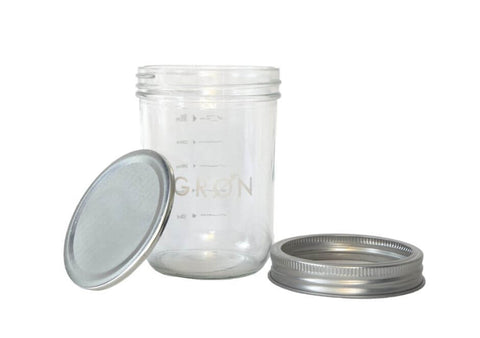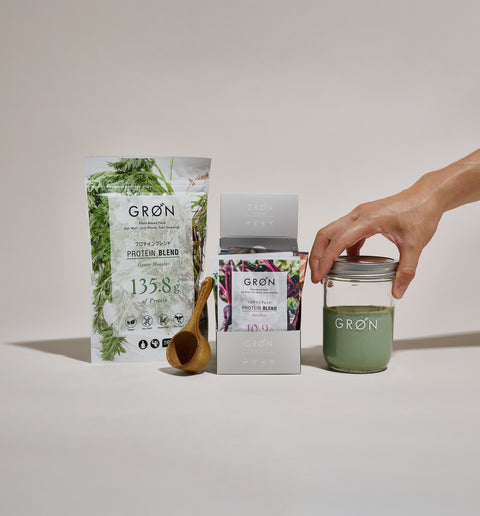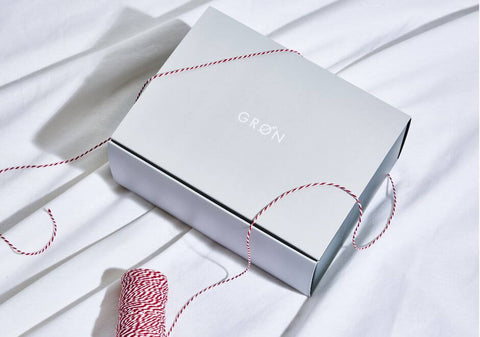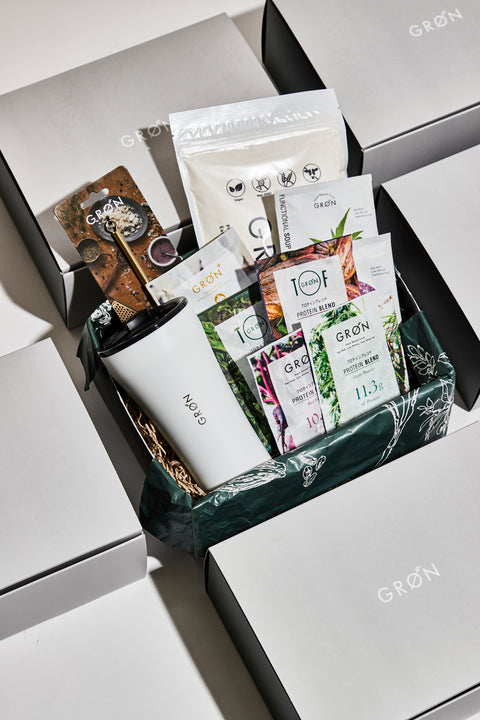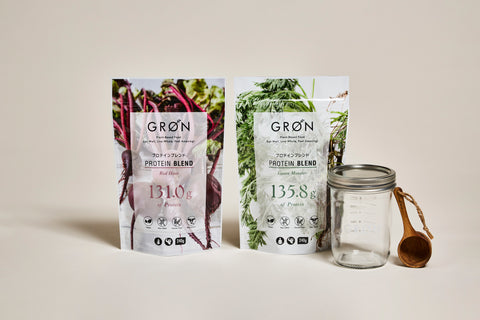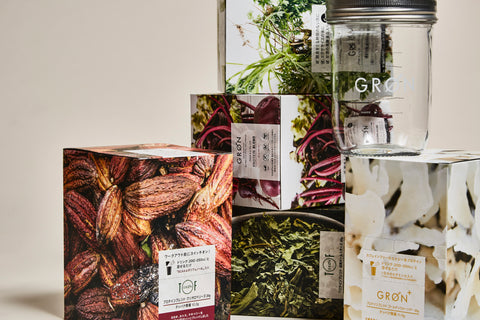Anemia, poor circulation and protein - Nutritionist's Column Vol.26
It's definitely starting to feel like autumn now.
Have you been feeling tired or lethargic lately?
If you don't eat much meat or fish, your diet is mainly carbohydrates, you eat a lot of convenience store meals and instant foods, you're on a diet and restricting your food intake, or you always drink tea with meals - you may be deficient in iron.

Iron is one of the important components that make up hemoglobin, which carries oxygen in the blood.
If you are deficient in iron, your body will not be able to produce hemoglobin properly, causing anemia.
This condition causes fatigue and tiredness.
Hemoglobin, contained in red blood cells, plays a role in transporting oxygen, and if there is not enough hemoglobin, oxygen cannot be distributed effectively throughout the body.
This can make it difficult for oxygen to reach cells throughout the body, leading to symptoms such as shortness of breath and stiff shoulders.
Furthermore, poor circulation can cause symptoms such as chills.

Cold can also cause headaches, stomach aches, fatigue, and swelling.
Although it varies from person to person, it is said that sensitivity to cold is a common symptom among women.
It is thought that this is because, compared to men, women have less muscle that produces heat, their skin surface temperature is lower, and more women have low blood pressure.
It is also said that the reason why women are more likely to suffer from cold is that blood flow to the abdomen is easily stagnant due to menstruation.
Anemia is closely related to poor circulation and poor circulation.

First of all, there are different types of anemia.
● Iron deficiency anemiaIron deficiency anemia accounts for the majority of anemias. It occurs when iron deficiency reduces hemoglobin synthesis.
It is more common in women.
● Aplastic anemia: Anemia caused by failure of hematopoietic stem cells in the bone marrow to produce blood.
● Megaloblastic anemia: Anemia caused by abnormal red blood cell proliferation due to a deficiency of vitamin B12 or folic acid.
● Hemolytic anemia Anemia caused by the destruction of red blood cells.
The most common type of anemia in women is iron deficiency anemia.
Causes include insufficient iron intake due to dieting or a poor diet, an increased need for iron due to pregnancy or breastfeeding, decreased iron absorption due to gastrectomy or decreased gastric acid secretion, and increased iron excretion due to blood loss due to heavy menstruation, ulcers, hemorrhoids, etc.
The amount of iron required by Japanese adult women per day is 5.0 to 9.0 mg, but menstruating women lose 20 to 30 mg of iron each month.
The key is to combine a variety of foods and eat a nutritionally balanced diet to effectively get iron.

・Key points for preventing anemia
First, be aware of foods that are rich in iron in your diet.
Iron is divided into two types: heme iron, which is found in animal foods such as liver and clams, and non-heme iron, which is found in vegetables and grains such as spinach and hijiki.
Although they contain the same iron, the absorption rate of heme iron and non-heme iron is different.
While non-heme iron is around 5%, heme iron is around 20% to 30%, which is about four to six times higher.
・Foods rich in heme iron
Meat (pork, beef, chicken, etc.), organ meats and liver products (chicken liver, etc.), fish (bonito, sardines, tuna, etc., especially the bloody parts), egg yolk (raw), shellfish (shijimi, clams, etc.), etc.
・Foods that are high in non-heme iron: beans (soybeans, soybean flour, adzuki beans, etc.), green and yellow vegetables (spinach, komatsuna, etc.), seaweed (hijiki, clams, etc.), fruits (prunes, raisins, etc.), sesame, etc.
Non-heme iron is poorly absorbed when taken alone, but its absorption rate increases when taken together with vitamin C or the citric acid and vinegar contained in umeboshi plums.
In addition, its absorption is greatly increased when eaten together with heme iron, so it is important to add lemon juice or vinegared dishes, or eat it together with meat, fish or eggs.
Another nutrient you should consume besides foods high in iron is protein.
Protein is an important nutrient that serves as the building block for red blood cells and hemoglobin in the blood.
Foods that contain high-quality protein include seafood, meat, eggs, soy products, and dairy products.
Soy products are a well-balanced food that contains both iron and protein.
Even if you eat a lot at once, your body will not be able to store it, so make sure to include it in your main dish at every meal.
It is also important to eat a diet that takes into account vitamins B2, B6, B12, and folic acid, which are essential for blood production and iron absorption, as well as zinc, which is necessary for producing strong red blood cells.
It is also said that cooking with iron cookware is good.

<About folic acid>
Folic acid is also known as the "hematopoietic vitamin."
It is found in large amounts in vegetables and is an essential vitamin, especially for those trying to conceive and pregnant women; it is said that you need about twice the amount you did before pregnancy.
Folic acid, which produces red blood cells, works together with vitamin B12 to produce normal red blood cells, prevents anemia, and is involved in the metabolism of homocysteine, a type of amino acid that makes up protein, into methionine.
If a deficiency continues, it can cause dermatitis and rough skin, pernicious anemia in growing children, and neural tube defects in the fetus in pregnant women.
When taken together with vitamin B12, it has effects such as hematopoietic action.
When taking iron, it is important to avoid tannins, the bitter component found in green tea, coffee, black tea, oolong tea, and coffee. Tannins inhibit iron absorption.
Water is the best way to stay hydrated during and after meals.
Be mindful of the timing and type of tea you drink.

Iron is the component that carries oxygen in the blood.
If your body is deficient in iron, the function of your internal organs and muscles will decrease and your metabolism will also slow down.
As a result, your body is unable to produce enough heat, making you more susceptible to getting cold.
"Poor circulation" is a condition in which the hands, feet and other parts of the body feel cold and uncomfortable even when the temperature is not cold enough for the person to feel it.
As the saying goes, "Cold is the root of all diseases," a cold body can cause stiff shoulders and neck, back pain, cystitis, irregular menstruation, susceptibility to catching colds, allergies, rough skin, swelling of the hands and feet, headaches, irritability, insomnia, etc. Also, poor blood flow due to poor circulation can worsen menstrual pain.
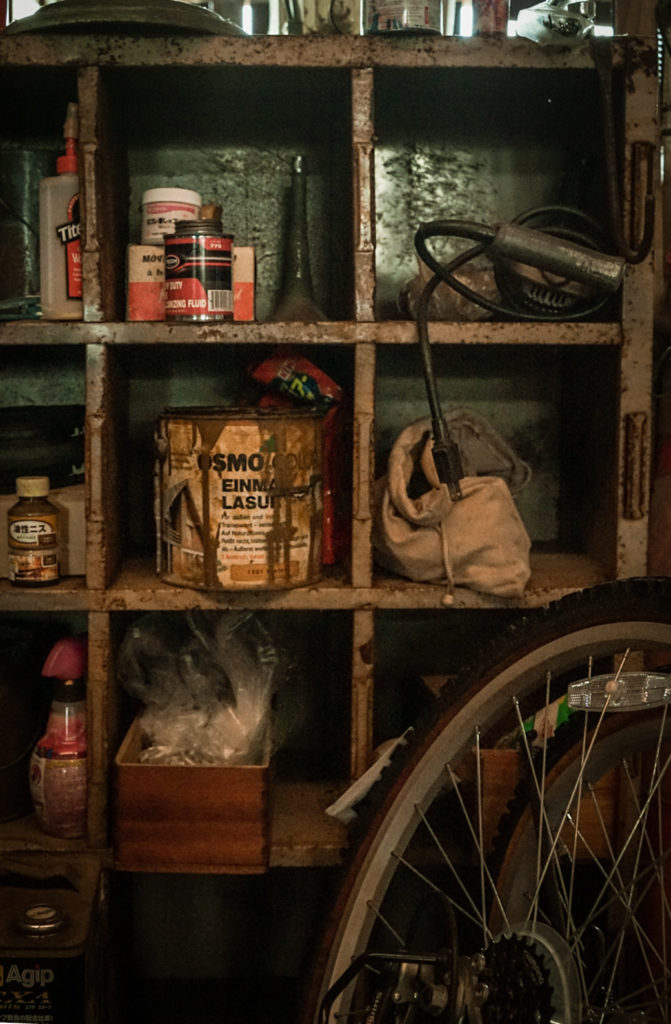
The human body regulates its temperature in response to changes in the environment in order to keep the core area, where the internal organs are located, at a constant temperature.
There are several causes of cold sensitivity.
Extreme dietary restrictions:
If you drastically reduce the amount of food you eat in order to lose weight, you will not get enough energy to maintain your body temperature.
Low muscle mass:
Lack of exercise can also lead to low muscle mass.
The body will no longer be able to produce enough heat, which is necessary for the body, and people with less muscle mass will find it difficult to generate heat through muscle exercise.
Poor blood flow:
When blood flow is poor, due to factors such as low blood pressure (weak blood circulation throughout the body) or anemia (low blood volume), the heat produced cannot be transported effectively to every corner of the body.
Decreased autonomic nervous function:
When the autonomic nervous system weakens due to stress or an irregular lifestyle, commands to regulate body temperature are not sent effectively to the various organs of the body.
Key points for preventing colds: The following nutrients are effective against colds.
It is recommended to include it in your diet.
1. Protein:
Protein is essential for producing heat.
A lot of heat is produced when food is digested in the stomach and when the amino acids produced by its breakdown are further broken down in the liver.
In addition, by increasing muscle strength, heat generation increases, helping to prevent cold.
2. Vitamin C:
It promotes the absorption of iron, which is a major component of blood, and helps maintain the function of capillaries.
3. Vitamin E:
It improves blood circulation and regulates hormone secretion in the body.
4. Iron: A nutrient that is the raw material for hemoglobin, which carries oxygen throughout the body.
By taking in iron, oxygen is circulated throughout the body and metabolism is increased, which leads to improved sensitivity to cold.

Vegetables grown in cold regions or in winter are said to be foods that warm the body.
These include strong-smelling vegetables such as ginger, garlic, green onions, onions, and chives, root vegetables such as burdock, turnip, and radish, spices such as pepper and chili peppers, rice, glutinous rice, sardines, shrimp, beef, chicken, lamb, sweet potatoes, and yamaimo.
Ginger is especially noteworthy as it warms the body.
Ginger mainly contains a component (shogaol) that improves blood flow and warms the body, and a component (gingerol) that boosts immunity and antibacterial properties.
Gingerol is found in dried and cooked ginger, and is said to stimulate the stomach and intestines, increase blood flow, and warm the body from deep within.
The gingerol in raw ginger has the effect of dilating blood vessels, allowing blood to circulate to every corner of the body.
In addition to diet, it is also important to improve blood circulation through exercise and bathing.
Exercise regularly increases your metabolism and improves blood circulation.
In addition, soaking in a 40-42°C bath for 5-10 minutes will not only warm your body but will also relieve stiffness throughout your body.
When chills and anemia occur at the same time, taking measures to treat the anemia can also improve the chills.
For those who find it difficult to improve their diet, it may be necessary to supplement with supplements or nutritional foods.
For those people, we recommend GRØN's Red Heat.
This soy protein powder is combined with organic goji berries, which are effective against poor circulation; maca, which is rich in vitamins, minerals, and polyphenols; and root vegetables such as beets, which are known as "edible blood transfusions," and purple sweet potatoes.
It contains ingredients that address both anemia and chills, so we recommend drinking it at breakfast or dinner.

<Related GRØN products>
Protein Blend Red Heat 20g / 320 yen (excluding tax)
——————————————————
Nutritionist, Food Education Instructor, Food 6th Industrialization Producer Level 4
Ayako Ishihara
A nutritional advisor in the healthcare field and an agribusiness professional.
She is involved in a variety of activities specializing in the fields of beauty and health, including giving lectures to Miss World Japan candidates.
With the philosophy of "enriching the mind and body through food and realizing a vibrant society where people and communities are connected," he founded i-Field Co., Ltd. in 2013 and serves as its representative.
He is a core member of the food team for "DINING OUT," which opens outdoor restaurants in various regions, and also participates in fashion brand projects.
She is also involved in the promotion of local ingredients, product development and production specializing in "health" and "beauty," branding, concept design, food hygiene, sales promotion, training planning and management, etc. She is in charge of nutritional supervision for GRØN's product development, proposing ways to incorporate them more effectively into consumer health.
——————————————————







